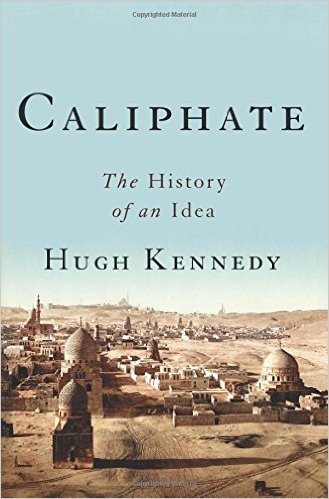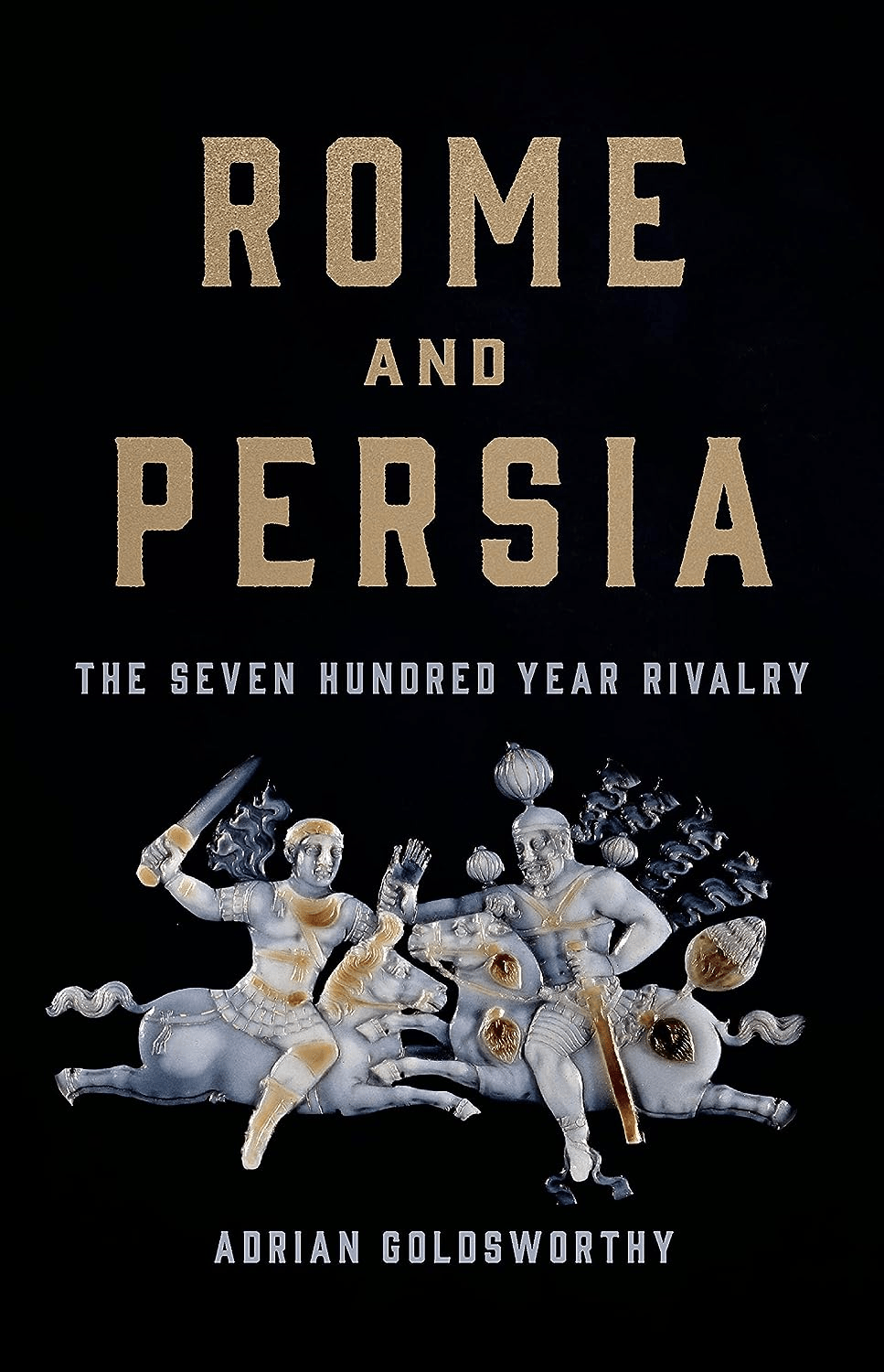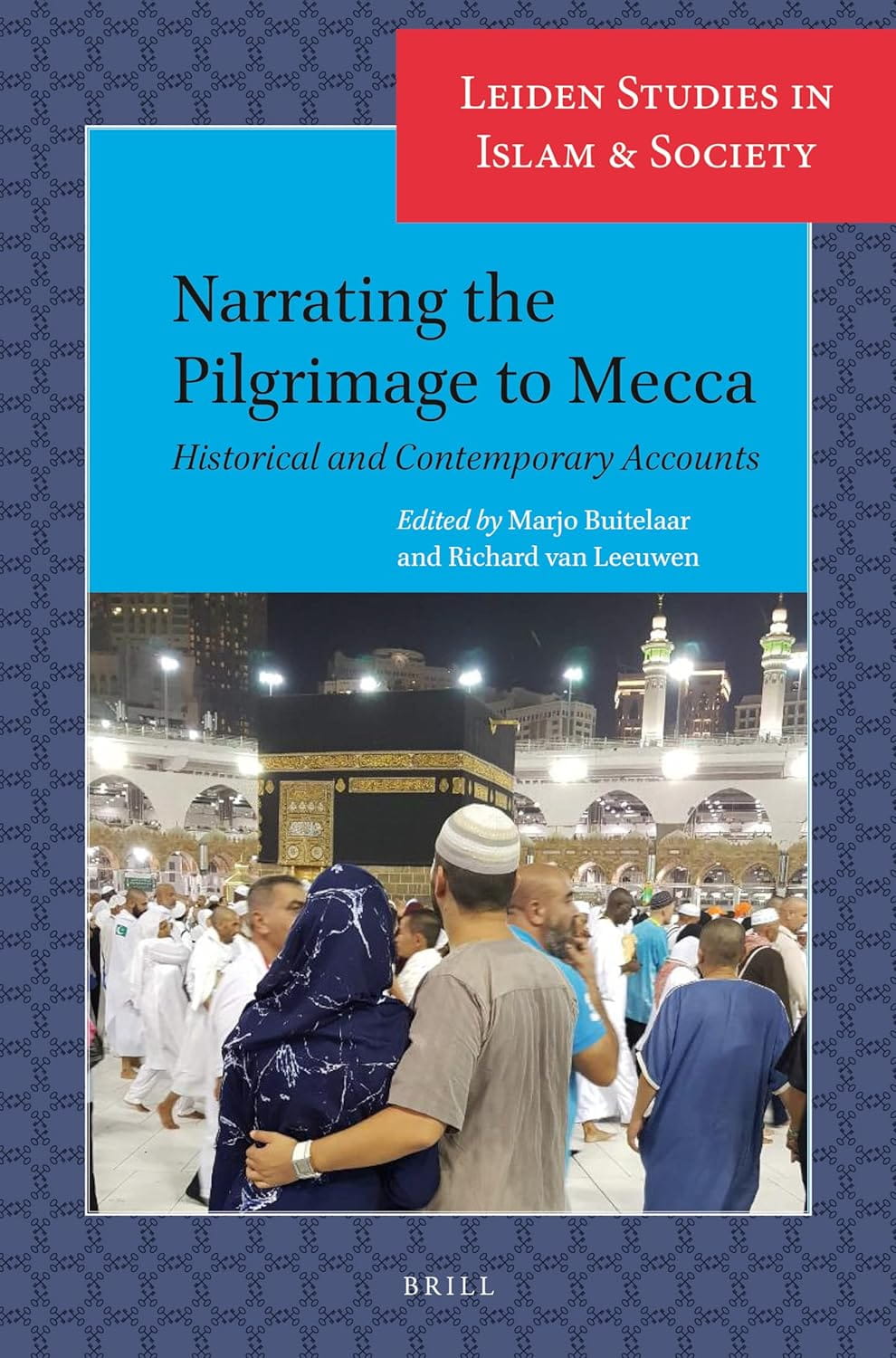
Caliphate: The History of an Idea
Tom Verde
Hugh Kennedy
2016, Basic Books, 978-0-46509-438-7, $27.99 hb.
Misappropriated today by those seeking to impose “their particular and often very narrow view of Islam” onto others, the caliphate is instead “a framework in which Muslims can strive to live a godly life,” writes scholar Hugh Kennedy. The “Arabic root khalafa,” means to “succeed or deputize.” The caliph was a successor to Muhammad as head of the Islamic community, or umma. The role embraced spiritual, fiscal and military responsibilities under the broadly unified system known as the “caliphate.” Kennedy covers the major historical caliphal regimes: the foundational nature of the first four “rightly guided” caliphs (the Rashidun) of the seventh century and the land-hungry, authoritative character of their successors, the Umayyads; the “extraordinary explosion of cultural activity” under the 13th-century Abbasids and medieval Moors of Andalusia; and the “role of the sultan as caliph” under the Ottomans. He concludes that the strength of the caliphate “lies partly in its flexibility”—hardly a virtue embraced by extremists who lack the “intellectual justification” Kennedy explores in this enlightening text.
You may also be interested in...

In War and Peace, Book Explores How Rome and Persia Remained Frenemies
Book Review: In his latest scholarly work, Roman historian Adrian Goldsworthy reduces Persian and Roman longevity to simply an ever-evolving coexistence.
Essays Unpack the Evolving Hajj and Umrah Experience
This volume of essays juxtaposes historical first-hand narratives of Hajj and Umrah journeys with oral interviews of contemporary pilgrims to show the transformative power of storytelling.